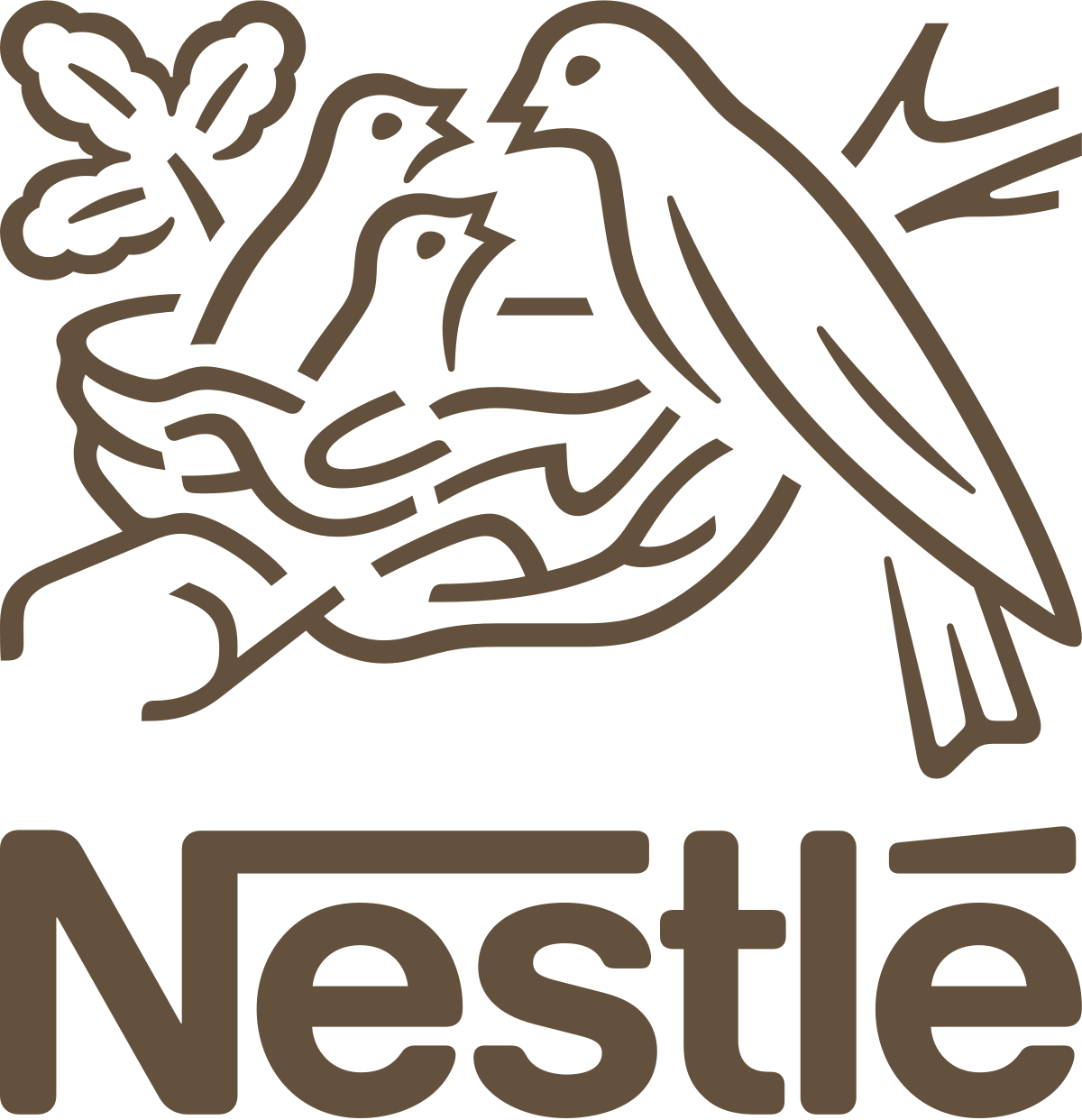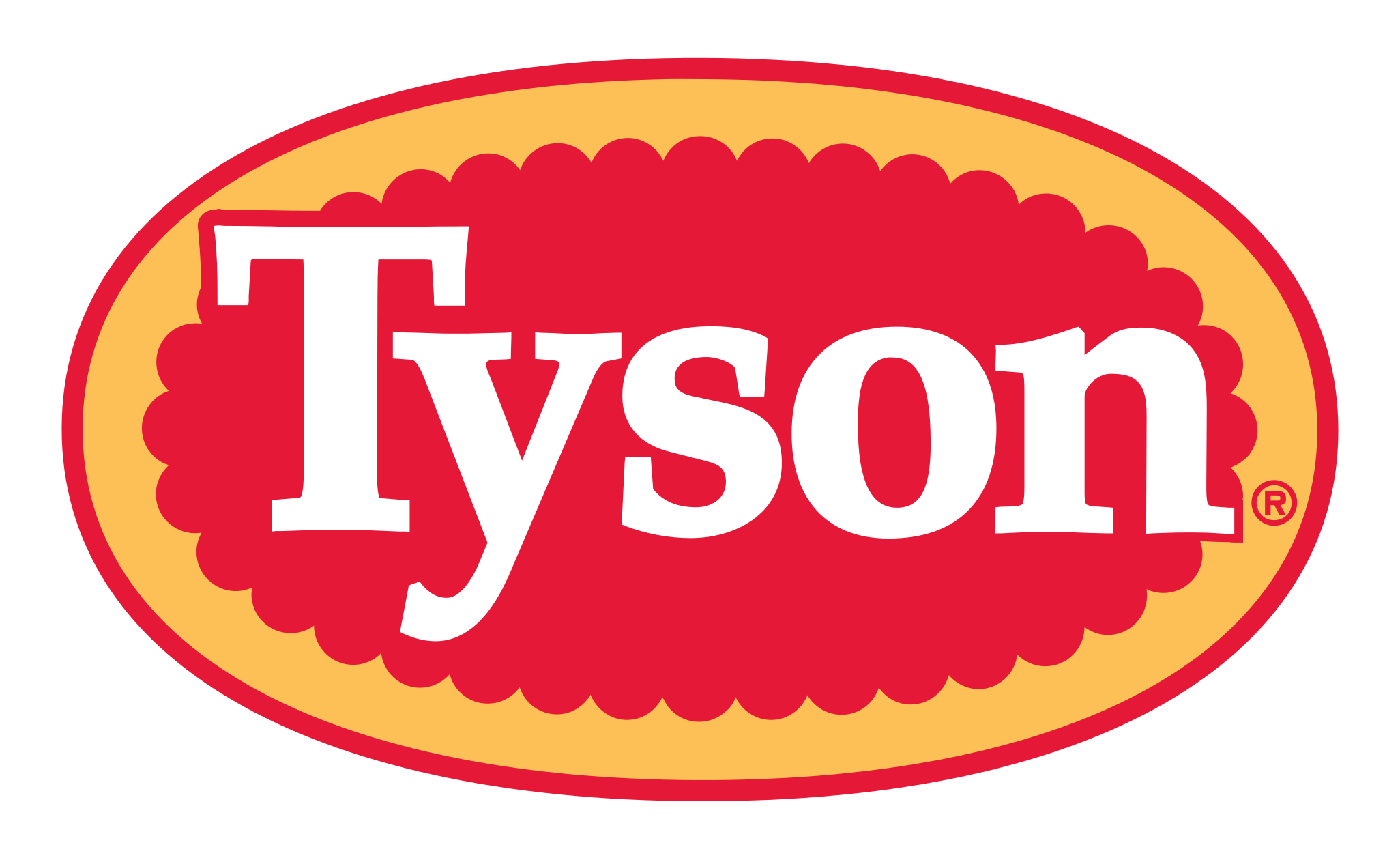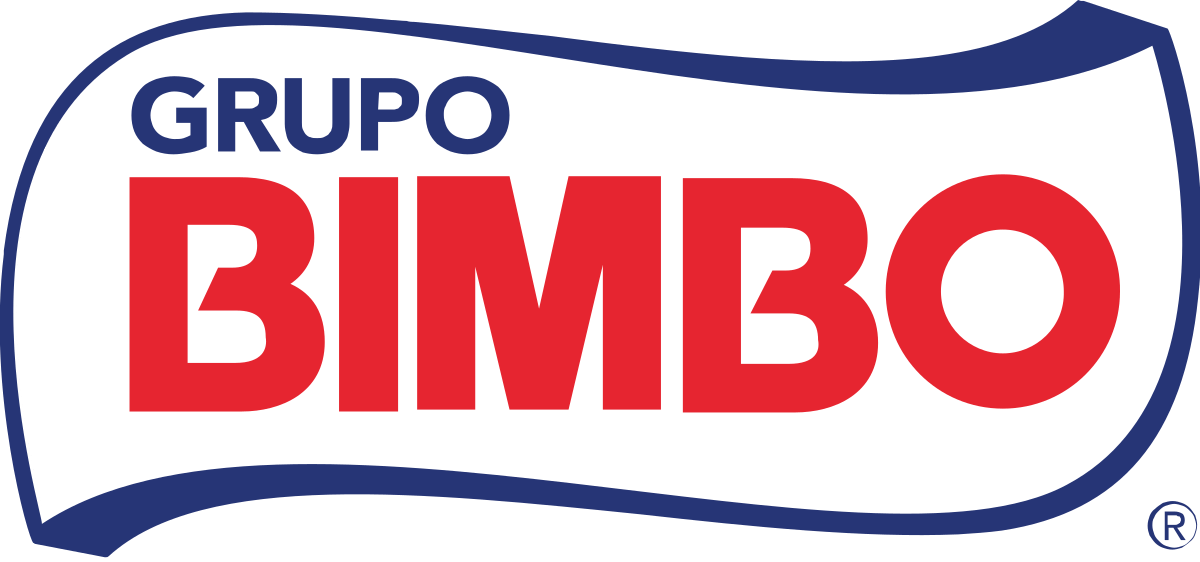Global Feed Premixes Market, By Ingredient type, By Form, By Application, By Region & Segmental Insights Trends and Forecast, 2024 – 2034
- Industry: Food & Beverages
- Report ID: TNR-110-1080
- Number of Pages: 420
- Table/Charts : Yes
- May, 2024
- Base Year : 2024
- No. of Companies : 10+
- No. of Countries : 29
- Views : 10177
- Covid Impact Covered: Yes
- War Impact Covered: Yes
- Formats : PDF, Excel, PPT
Feed premixes are blend of vitamins, minerals, amino acids, and other nutritional additives that are mixed with animal feed to ensure that the animals receive a balanced diet with all the necessary nutrients they require for optimal growth, health, and productivity. These premixes are designed to meet the specific dietary requirements of different animal species, ages, and production stages.
Premixes are a critical component of animal nutrition, as they provide essential vitamins, minerals, and other micronutrients that may be deficient or lacking in the primary feed ingredients. By adding premixes to animal feed, producers can ensure that their livestock, poultry, or aquaculture species receive the proper nutrition needed for growth, reproduction, immune function, and overall well-being.
Feed premixes are typically formulated by animal nutritionists and feed scientists who take into account factors such as the nutritional requirements of the target species, the composition of the base feed ingredients, and the production goals of the producer. Premix formulations may vary based on factors such as animal species, age, weight, physiological status, and environmental conditions.
In terms of revenue, the global feed premixes market was worth US$ 21.3 Bn in 2023, anticipated to witness CAGR of 4.8% During 2024 – 2034.

Trends in the Global Feed Premixes Market
- Increasing Demand for Animal Protein: Growing global population, rising disposable incomes, and changing dietary preferences are driving increased consumption of animal protein products such as meat, eggs, and dairy. This trend fuels demand for feed premixes as they play a crucial role in optimizing animal nutrition and supporting the growth and productivity of livestock, poultry, and aquaculture species.
- Focus on Animal Health and Welfare: There is a growing emphasis on animal health, welfare, and performance in the livestock and poultry industries. Feed premixes are formulated to support immune function, digestive health, and overall well-being in animals, thereby reducing the risk of diseases, improving growth rates, and enhancing production efficiency.
- Nutritional Solutions for Sustainable Production: Sustainable animal production practices are gaining traction globally, driven by concerns about environmental impact, resource efficiency, and food security. Feed premixes are increasingly formulated with sustainable ingredients, renewable resources, and eco-friendly additives to support environmentally responsible and resource-efficient animal agriculture.
Global Feed Premixes Market Revenue & Forecast, (US$ Million), 2016 – 2034
Amino acid has garnered major share in the global feed premixes market during the forecast period.
Amino acids are essential components of animal nutrition, playing a vital role in protein synthesis, growth, reproduction, immune function, and overall health in livestock, poultry, and aquaculture species. In the context of feed premixes, amino acids are commonly included as nutritional additives to supplement animal diets and ensure optimal amino acid balance, especially in situations where feed ingredients may be deficient or lacking in certain amino acids.
Amino acids are classified as either essential or non-essential based on whether they can be synthesized by the animal’s body or must be obtained from the diet. Essential amino acids, such as lysine, methionine, threonine, and tryptophan, cannot be synthesized in sufficient quantities by animals and must be supplied through dietary sources. These amino acids are critical for protein synthesis, growth, and various physiological functions in animals.
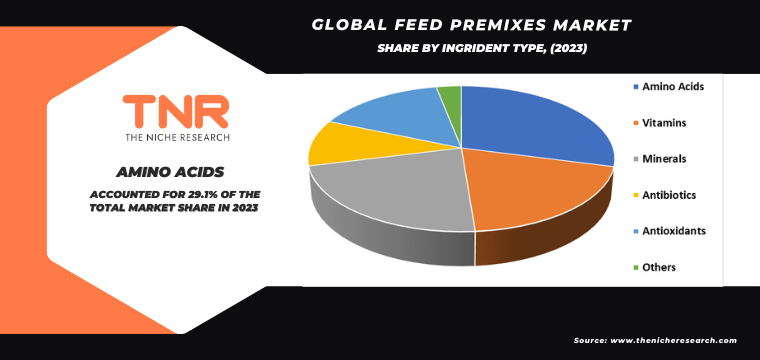
Dry segment has garnered major share in the global feed premixes market during the forecast period.
Dry feed premixes, which are powdered or granular formulations of essential nutrients, play a crucial role in optimizing animal nutrition and supporting the growth, health, and productivity of livestock, poultry, and aquaculture species. Dry feed premixes are primarily used to supplement animal diets with essential nutrients such as vitamins, minerals, amino acids, and other micronutrients.
These nutrients may be deficient or lacking in the base feed ingredients, and the premixes ensure that animals receive a balanced and complete diet to meet their specific nutritional requirements. Rising global population, urbanization, and increasing disposable incomes drive demand for animal protein products such as meat, eggs, and dairy. As a result, livestock and poultry producers seek to maximize the efficiency and productivity of their operations by providing balanced diets supplemented with dry feed premixes to ensure optimal growth and performance in animals.
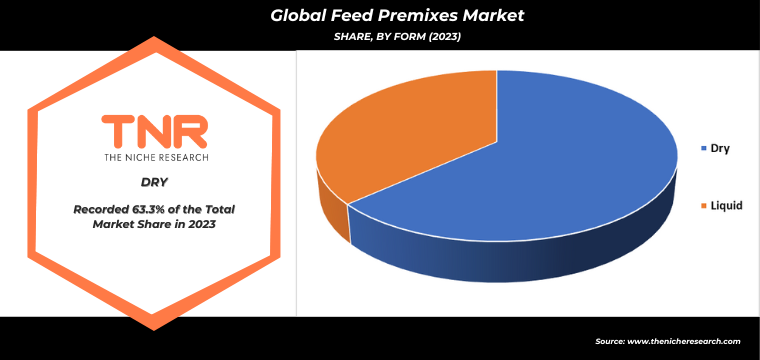
Poultry segment had the highest share in the global feed premixes market in 2023.
The poultry segment dominated the global Feed Premixes market, in terms of revenue and is estimated to sustain its dominance over the forecast period. Poultry require a balanced diet containing essential nutrients such as vitamins, minerals, amino acids, and other micronutrients for optimal growth, egg production, and overall health. Feed premixes are formulated to supplement poultry diets with precise levels of these nutrients, ensuring that birds receive a complete and balanced ration that meets their specific nutritional requirements.
Laying hens require specific nutrients to support egg production, shell quality, and reproductive health. Feed premixes for layer diets are formulated to provide adequate levels of calcium, phosphorus, vitamin D, and other nutrients essential for eggshell formation, egg quality, and overall reproductive performance. Premixes help maintain high rates of egg production, improve eggshell strength, and reduce the incidence of egg abnormalities in layer flocks.
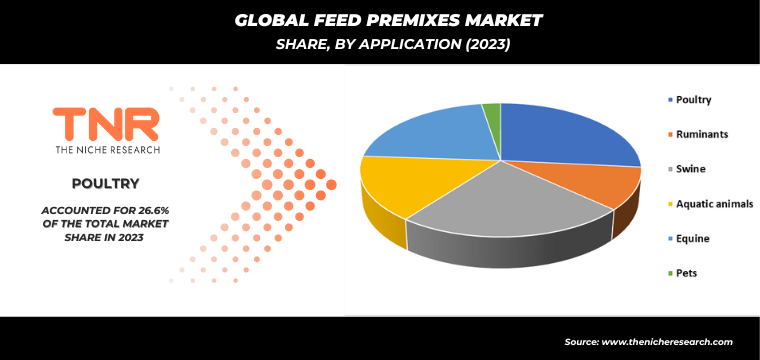
Rapid urbanization and population growth in Asia-Pacific region is driving demand for chemicals across various industries, including construction, automotive, electronics, agriculture, and consumer goods. The Asia-Pacific region is witnessing rapid technological advancements and innovation in animal nutrition and feed production. Manufacturers are investing in research and development to develop new formulations, delivery systems, and functional ingredients that enhance the performance and sustainability of feed premixes. Digital technologies, data analytics, and precision feeding solutions are being integrated into feed premix management systems to improve feed efficiency, optimize nutrient delivery, and enhance production outcomes in animal agriculture.
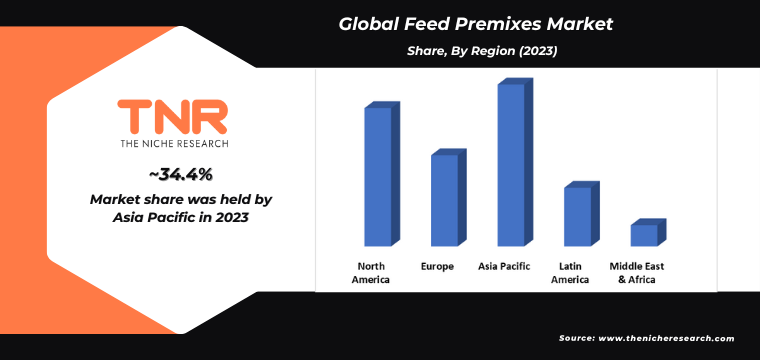
Competitive Landscape
Some of the players operating in the feed premixes market are
- Alltech
- Archer-Daniels-Midland Company
- Avitech Nutrition Pvt. Ltd
- Cargill Incorporated
- Charoen Pokphand Foods PCL
- Dansk Landbrugs Grovvareselskab A.M.B.A.
- De Heus Animal Nutrition B.V.
- Kemin Industries Inc.
- Koninklijke DSM N.V.
- Lexington Enterprises Pte. Ltd.
- Novus International Inc.
- Nutreco N.V. (SHV Holdings)
- Other Industry Participants
Global Feed Premixes Market Scope
| Report Specifications | Details |
| Market Revenue in 2023 | US$ 21.3 Bn |
| Market Size Forecast by 2034 | US$ 35.7 Bn |
| Growth Rate (CAGR) | 4.8% |
| Historic Data | 2016 – 2022 |
| Base Year for Estimation | 2023 |
| Forecast Period | 2024 – 2034 |
| Report Inclusions | Market Size & Estimates, Market Dynamics, Competitive Scenario, Trends, Growth Factors, Market Determinants, Key Investment Segmentation, Product/Service/Solutions Benchmarking |
| Segments Covered | By Ingredient Type, By Form, By Application, By Region |
| Regions Covered | North America, Europe, Asia Pacific, Middle East & Africa, Latin America |
| Countries Covered | U.S., Canada, Mexico, Rest of North America, France, The UK, Spain, Germany, Italy, Nordic Countries (Denmark, Finland, Iceland, Sweden, Norway), Benelux Union (Belgium, The Netherlands, Luxembourg), Rest of Europe, China, Japan, India, New Zealand, Australia, South Korea, Southeast Asia (Indonesia, Thailand, Malaysia, Singapore, Rest of Southeast Asia), Rest of Asia Pacific, Saudi Arabia, UAE, Egypt, Kuwait, South Africa, Rest of Middle East & Africa, Brazil, Argentina, Rest of Latin America |
| Key Players | Alltech, Archer-Daniels-Midland Company, Avitech Nutrition Pvt. Ltd, Cargill Incorporated, Charoen Pokphand Foods PCL, Dansk Landbrugs Grovvareselskab A.M.B.A., De Heus Animal Nutrition B.V., Kemin Industries Inc., Koninklijke DSM N.V., Lexington Enterprises Pte. Ltd., Novus International Inc., Nutreco N.V. (SHV Holdings) |
| Customization Scope | Customization allows for the inclusion/modification of content pertaining to geographical regions, countries, and specific market segments. |
| Pricing & Procurement Options | Explore purchase options tailored to your specific research requirements |
| Contact Details | Consult With Our Expert
Japan (Toll-Free): +81 663-386-8111 South Korea (Toll-Free): +82-808- 703-126 Saudi Arabia (Toll-Free): +966 800-850-1643 United Kingdom: +44 753-710-5080 United States: +1 302-232-5106 E-mail: askanexpert@thenicheresearch.com
|
Global Feed Premixes Market
By Ingredient Type
- Amino Acids
- Vitamins
- Minerals
- Antibiotics
- Antioxidants
- Others
By Form
- Dry
- Liquid
By Application
- Poultry
- Ruminants
- Swine
- Aquatic animals
- Equine
- Pets
By Region
- North America (U.S., Canada, Mexico, Rest of North America)
- Europe (France, The UK, Spain, Germany, Italy, Nordic Countries (Denmark, Finland, Iceland, Sweden, Norway), Benelux Union (Belgium, The Netherlands, Luxembourg), Rest of Europe)
- Asia Pacific (China, Japan, India, New Zealand, Australia, South Korea, Southeast Asia (Indonesia, Thailand, Malaysia, Singapore, Rest of Southeast Asia), Rest of Asia Pacific)
- Middle East & Africa (Saudi Arabia, UAE, Egypt, Kuwait, South Africa, Rest of Middle East & Africa)
- Latin America (Brazil, Argentina, Rest of Latin America)
Report Layout
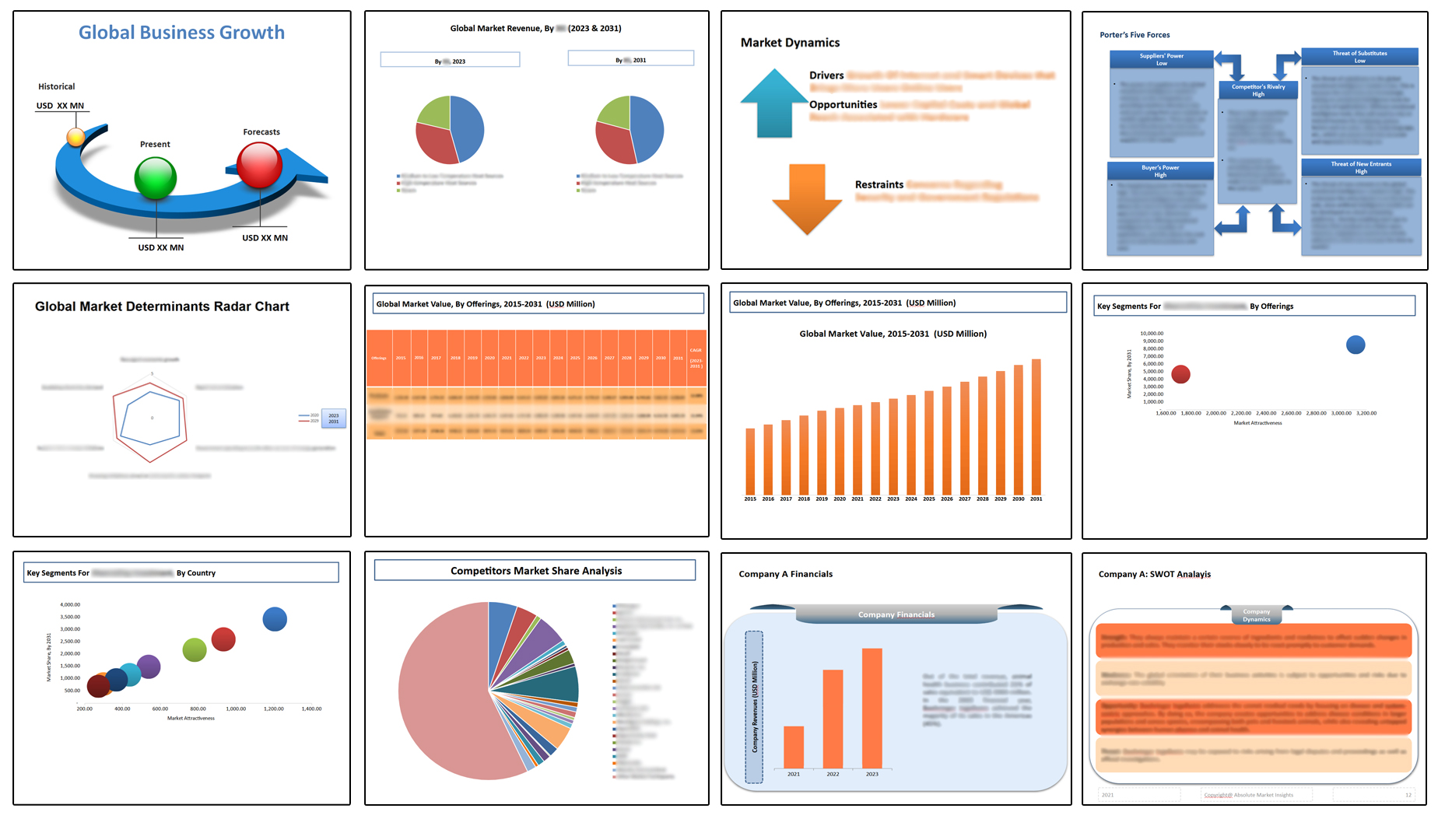
Table of Contents
Note: This ToC is tentative and can be changed according to the research study conducted during the course of report completion.
**Exclusive for Multi-User and Enterprise User.
Global Feed Premixes Market
By Ingredient Type
- Amino Acids
- Vitamins
- Minerals
- Antibiotics
- Antioxidants
- Others
By Form
- Dry
- Liquid
By Application
- Poultry
- Ruminants
- Swine
- Aquatic animals
- Equine
- Pets
By Region
- North America (U.S., Canada, Mexico, Rest of North America)
- Europe (France, The UK, Spain, Germany, Italy, Nordic Countries (Denmark, Finland, Iceland, Sweden, Norway), Benelux Union (Belgium, The Netherlands, Luxembourg), Rest of Europe)
- Asia Pacific (China, Japan, India, New Zealand, Australia, South Korea, Southeast Asia (Indonesia, Thailand, Malaysia, Singapore, Rest of Southeast Asia), Rest of Asia Pacific)
- Middle East & Africa (Saudi Arabia, UAE, Egypt, Kuwait, South Africa, Rest of Middle East & Africa)
- Latin America (Brazil, Argentina, Rest of Latin America)
The Niche Research approach encompasses both primary and secondary research methods to provide comprehensive insights. While primary research is the cornerstone of our studies, we also incorporate secondary research sources such as company annual reports, premium industry databases, press releases, industry journals, and white papers.
Within our primary research, we actively engage with various industry stakeholders, conducting paid interviews and surveys. Our meticulous analysis extends to every market participant in major countries, allowing us to thoroughly examine their portfolios, calculate market shares, and segment revenues.
Our data collection primarily focuses on individual countries within our research scope, enabling us to estimate regional market sizes. Typically, we employ a bottom-up approach, meticulously tracking trends in different countries. We analyze growth drivers, constraints, technological innovations, and opportunities for each country, ultimately arriving at regional figures.Our process begins by examining the growth prospects of each country. Building upon these insights, we project growth and trends for the entire region. Finally, we utilize our proprietary model to refine estimations and forecasts.
Our data validation standards are integral to ensuring the reliability and accuracy of our research findings. Here’s a breakdown of our data validation processes and the stakeholders we engage with during our primary research:
- Supply Side Analysis: We initiate a supply side analysis by directly contacting market participants, through telephonic interviews and questionnaires containing both open-ended and close-ended questions. We gather information on their portfolios, segment revenues, developments, and growth strategies.
- Demand Side Analysis: To gain insights into adoption trends and consumer preferences, we reach out to target customers and users (non-vendors). This information forms a vital part of the qualitative analysis section of our reports, covering market dynamics, adoption trends, consumer behavior, spending patterns, and other related aspects.
- Consultant Insights: We tap into the expertise of our partner consultants from around the world to obtain their unique viewpoints and perspectives. Their insights contribute to a well-rounded understanding of the markets under investigation.
- In-House Validation: To ensure data accuracy and reliability, we conduct cross-validation of data points and information through our in-house team of consultants and utilize advanced data modeling tools for thorough verification.
The forecasts we provide are based on a comprehensive assessment of various factors, including:
- Market Trends and Past Performance (Last Five Years): We accurately analyze market trends and performance data from preceding five years to identify historical patterns and understand the market’s evolution.
- Historical Performance and Growth of Market Participants: We assess the historical performance and growth trajectories of key market participants. This analysis provides insights into the competitive landscape and individual company strategies.
- Market Determinants Impact Analysis (Next Eight Years): We conduct a rigorous analysis of the factors that are projected to influence the market over the next eight years. This includes assessing both internal and external determinants that can shape market dynamics.
- Drivers and Challenges for the Forecast Period:Identify the factors expected to drive market growth during the forecast period, as well as the challenges that the industry may face. This analysis aids in deriving an accurate growth rate projection.
- New Acquisitions, Collaborations, or Partnerships: We keep a close watch on any new acquisitions, collaborations, or partnerships within the industry. These developments can have a significant impact on market dynamics and competitiveness.
- Macro and Micro Factors Analysis:A thorough examination of both macro-level factors (e.g., economic trends, regulatory changes) and micro-level factors (e.g., technological advancements, consumer preferences) that may influence the market during the forecast period.
- End-User Sentiment Analysis: To understand the market from the end-user perspective, we conduct sentiment analysis. This involves assessing the sentiment, preferences, and feedback of the end-users, which can provide valuable insights into market trends.
- Perspective of Primary Participants: Insights gathered directly from primary research participants play a crucial role in shaping our forecasts. Their perspectives and experiences provide valuable qualitative data.
- Year-on-Year Growth Trend: We utilize a year-on-year growth trend based on historical market growth and expected future trends. This helps in formulating our growth projections, aligning them with the market’s historical performance.
Research process adopted by TNR involves multiple stages, including data collection, validation, quality checks, and presentation. It’s crucial that the data and information we provide add value to your existing market understanding and expertise. We have also established partnerships with business consulting, research, and survey organizations across regions and globally to collaborate on regional analysis and data validation, ensuring the highest level of accuracy and reliability in our reports.
